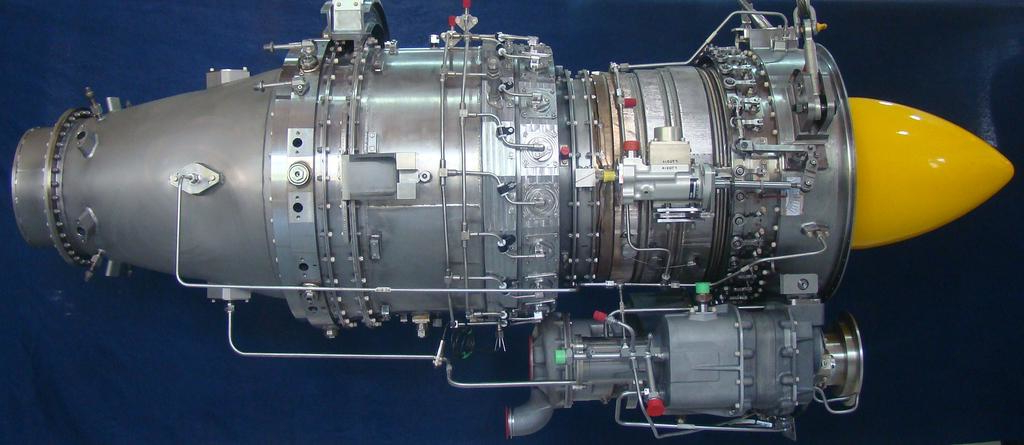SOURCE: IDRW.ORG


The Hindustan Turbo Fan Engine (HTFE-25), a 25 kN thrust turbofan engine under development by Hindustan Aeronautics Limited (HAL), represents a cornerstone of India’s ambition to achieve self-reliance in aerospace propulsion technology. Designed to power a variety of platforms—including trainer jets, unmanned aerial vehicles (UAVs), light combat aircraft, and potentially regional jets—the HTFE-25 is a testament to India’s growing engineering prowess. As of March 26, 2025, the program has made notable strides, though it faces challenges that have tempered its ambitious timeline. Here’s an in-depth look at the HTFE-25, its current status, and the progress of this critical initiative.
Initiated in 2013 by HAL’s Aero Engine Research & Development Centre (AERDC) in Bengaluru, the HTFE-25 is a low-bypass, twin-spool, mixed-flow turbofan engine featuring a three-stage low-pressure (LP) compressor, a five-stage high-pressure (HP) compressor, and air-cooled, high-efficiency turbine blades. With a thrust output of 25 kN (approximately 5,620 pounds), it is versatile enough to power single-engine aircraft weighing up to 5 tonnes or twin-engine configurations up to 9 tonnes. HAL envisions its use in basic, intermediate, and advanced trainer aircraft like the HJT-36 Sitara, as well as emerging platforms such as the Combat Air Teaming System (CATS) Warrior UAV and High-Altitude Long Endurance (HALE) drones.
The program, entirely self-funded by HAL, reflects a strategic decision to develop indigenous engine technology without immediate pressure from external agencies like the Indian Air Force (IAF) or the Ministry of Defence (MoD). This independence has allowed HAL to prioritize long-term capability building, though it has also contributed to a lack of urgency in meeting deadlines.
The HTFE-25 has marked several key milestones since its inception. The inaugural run of the engine’s core was successfully conducted on December 14, 2015, in the presence of then-Defence Minister Manohar Parrikar, signaling the program’s early promise. By 2019, HAL had produced two core engines, which collectively completed 339 test runs, with 96 runs logged in 2018-19 alone. These tests demonstrated the engine’s reliability, achieving 100% maximum speed with and without Inlet Guide Vane (IGV) modulation and passing cold-start trials at 14°C using spark igniters. High-altitude trials in Leh further validated its performance in extreme conditions.
A significant advancement came in March 2019, when HAL tested a “basic afterburner” configuration, laying the groundwork for an enhanced variant potentially capable of 40 kN thrust. The December 2023 inauguration of a state-of-the-art design and test facility at AERDC, spanning 10,000 square meters, equipped with advanced computational tools and dual test beds for the HTFE-25, has further accelerated development. By mid-2024, acceleration trials reached 55% of the engine’s speed, and the full technology demonstrator completed its first successful run, marking a leap toward flight-worthy certification.
As of March 26, 2025, the HTFE-25 program remains in active development, with two core engines undergoing rigorous trials. HAL’s initial target of completing the validation phase by 2025 has proven overly optimistic, with current projections indicating a 2-3 year delay, pushing the timeline to 2027-2028. Transitioning from a technology demonstrator to a certified, flight-worthy engine is expected to take an additional five years or more, potentially aligning certification with 2029-2030. This extended timeline reflects the complexity of aero-engine development, compounded by HAL’s internal funding model, which lacks the external accountability of MoD oversight or a specific end-user program.
The engine’s application remains fluid. While early speculation linked it to the HJT-36 Intermediate Jet Trainer or even a re-engining of the Jaguar fleet, HAL has shifted focus toward UAVs and future platforms like the CATS Warrior and HALE UAVs under the CATS program. However, these applications await IAF approval, leaving the HTFE-25 without a definitive anchor project.
The HTFE-25 has benefited from HAL’s investment in infrastructure and expertise. The AERDC facility, inaugurated by Defence Secretary Giridhar Aramane in 2023, has enhanced testing capabilities, enabling HAL to refine the engine’s design and performance. The afterburner variant, if successful, could expand its utility to light combat roles, though its development hinges on the core engine’s certification—a process that demands extensive flight testing and validation.
Yet, challenges persist. The lack of a dedicated flying testbed—such as a modified IL-76 or Boeing 747—limits high-altitude testing, a critical step for ensuring reliability in operational conditions. Critics argue that HAL’s slow progress, a recurring theme in its projects, risks undermining India’s self-reliance goals, especially as global competitors advance toward sixth- and seventh-generation technologies. The absence of a firm IAF commitment further complicates resource allocation, leaving the program vulnerable to stagnation.
Looking ahead, HAL aims to leverage the HTFE-25 as a foundation for broader engine development. Its market potential—estimated at 200-250 units—spans military and civilian applications, from trainers to business jets. Success could position India as a credible player in the global aero-engine market, reducing dependence on imports like the Russian AL-55I or American GE F404. The afterburner variant, if realized, could power light fighters or strike UAVs, aligning with the IAF’s evolving needs.
To achieve this, HAL must address its timeline slippage by enhancing collaboration with private industry and academia, as seen in other DRDO projects, and securing a clear end-user commitment. Integrating the HTFE-25 into the CATS ecosystem or a next-generation trainer could provide the impetus needed to fast-track certification.
NOTE : Article cannot be reproduced without written permission of idrw.org in any form even for YouTube Videos to avoid Copy right strikes. Websites doing illegal reproductions will get DMCA and Legal Notices.